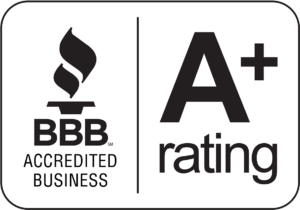Self-Directed IRAs were permitted in 1974 as part of the Employee Retirement Income Security Act (ERISA). Unlike conventional IRAs, self-directed IRAs empower depositors to select and control the investments in their retirement accounts. The term ‘self-directed’ means that you, as an individual, have complete control over selecting and directing the investments in your account.
With a self-directed IRA, you can use your personal knowledge and experience to identify high-yield investments, take advantage of niche opportunities, and explore investment options like real estate, digital currency, clean energy, oil and gas, agriculture, private placements, precious metals, and more. Or you can be the bank, providing private money loans and earning interest on loaned funds. A self-directed IRA can open the door to a wide array of high-yield alternative assets, provide a way to diversify your retirement portfolio, and potentially increase investment returns through tax-deferred growth.
To self-direct your IRA, you must work with a custodian who is licensed to “custody” the account, hold alternative assets, and administer account transactions. Working with a licensed, regulated SDIRA custodian like Preferred Trust is critical for maintaining the tax-protected status of your account.






